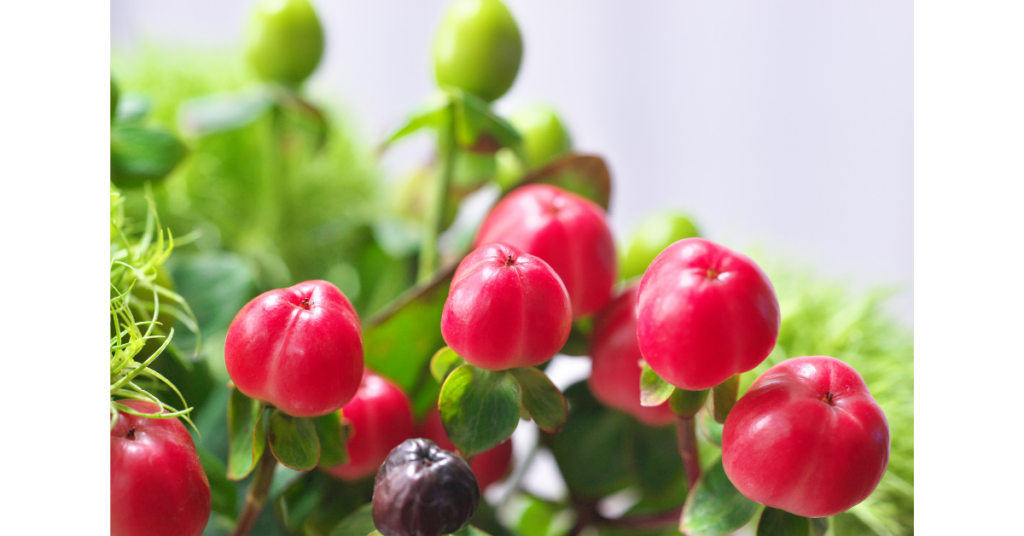Hypericum (St John’s Wort) – Homeopathic Remedy
Hypericum (Hypericum perfoliatum)
In medieval times the hanging of St John’s wort or hypericum (Greek for ‘over an apparition’) in one’s home was believed to ward off evil spirits.
Hypericum is more commonly known as St John’s wort, a name linking the plant to the 29th of August, the alleged anniversary of St John the Baptist’s execution, as well as an being an ancient order of knights known as the knights of St John the Baptist.
Other names: St John’s wort.
Description and the places it grows in
This plant can grow up to three feet in height, with long, oval dark green leaves that appear to be covered in black spots (although in reality they are glands that secrete a blood-red oil). It has large, bright yellow flowers that bloom in the summer months. Hypericum is native to Britain, Europe, and Asia.
Parts used
The whole fresh green plant and flowers.
Uses
Homeopaths may prescribe this remedy for:
Nerve damage / pain following an accident, especially relating to the spine, head, eye, fingers and toes displaying the following symptoms: Shooting / stabbing pains, radiating upwards.
Wounds / cuts displaying the following symptoms: Stabbing pains (an indication of nerve damage).
Bites and stings.
Toothache and post-tooth extraction pain.
Asthma.
Digestive problems displaying the following symptoms: Indigestion, sickness, diarrhoea.
People requiring this remedy will feel worse: In cold, damp, or foggy weather, prior to a storm, undressing in a cold room, when touched; in a closed, stuffy room.
People requiring this remedy will feel better: Standing still, tilting their head backwards.
The information given on this site about homeopathic remedies is just a general overview. Classical homeopathy takes all the patient’s symptoms into account and prescribes upon the “Totality of Symptoms”, thus finding the precise remedy that matches the patient’s symptoms perfectly.
Here, at The CMA we recommend that anyone interested in learning more about homeopathy and the fascinating remedies that homeopaths use should take an introduction course to homeopathy, which will help you to understand how to become a good home first-aid prescriber. This is ideal for ‘acute symptoms’. However, if you want to learn more – with a view even to becoming a professional homeopath, who is educated highly enough to be able to treat chronic conditions, you’ll need to be prepared to spend many years learning this vast and fascinating topic – along with anatomy, physiology and pathology, history of medicine, homeopathic philosophy, and much more. You’ll find both kinds of courses here on this site – head to our section on Find a CMA Member and search under CMA Registered Training Schools.


